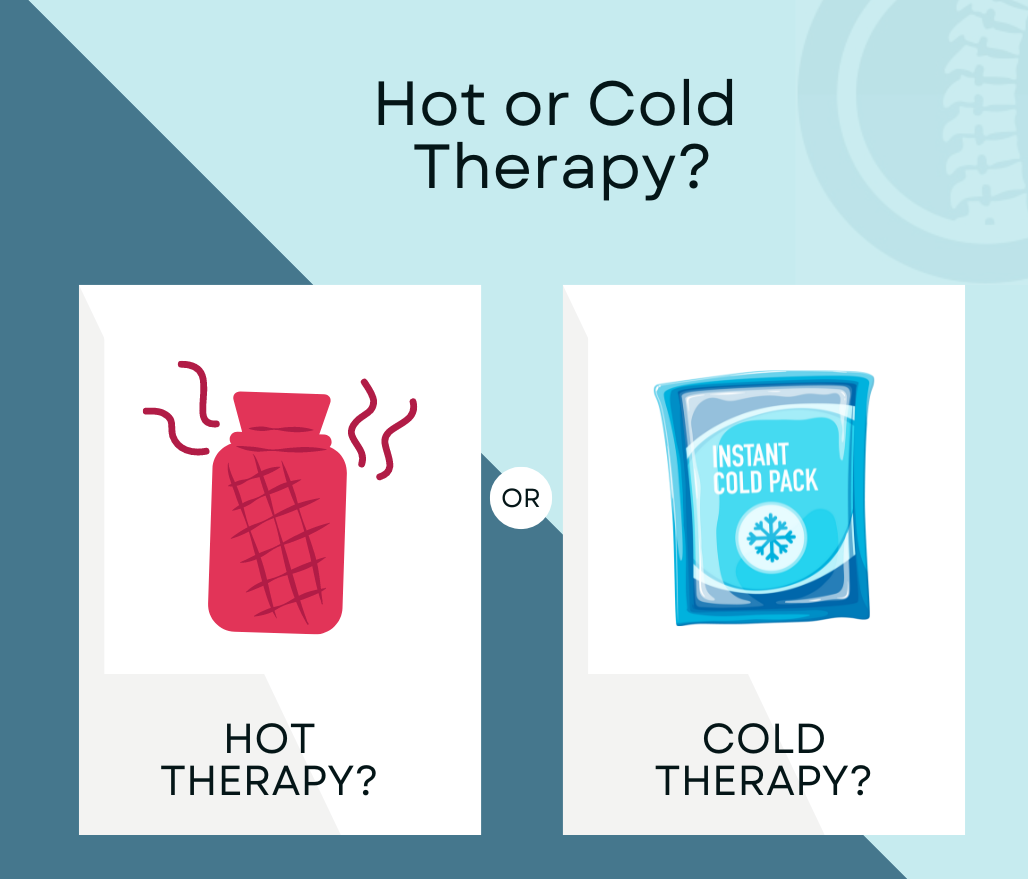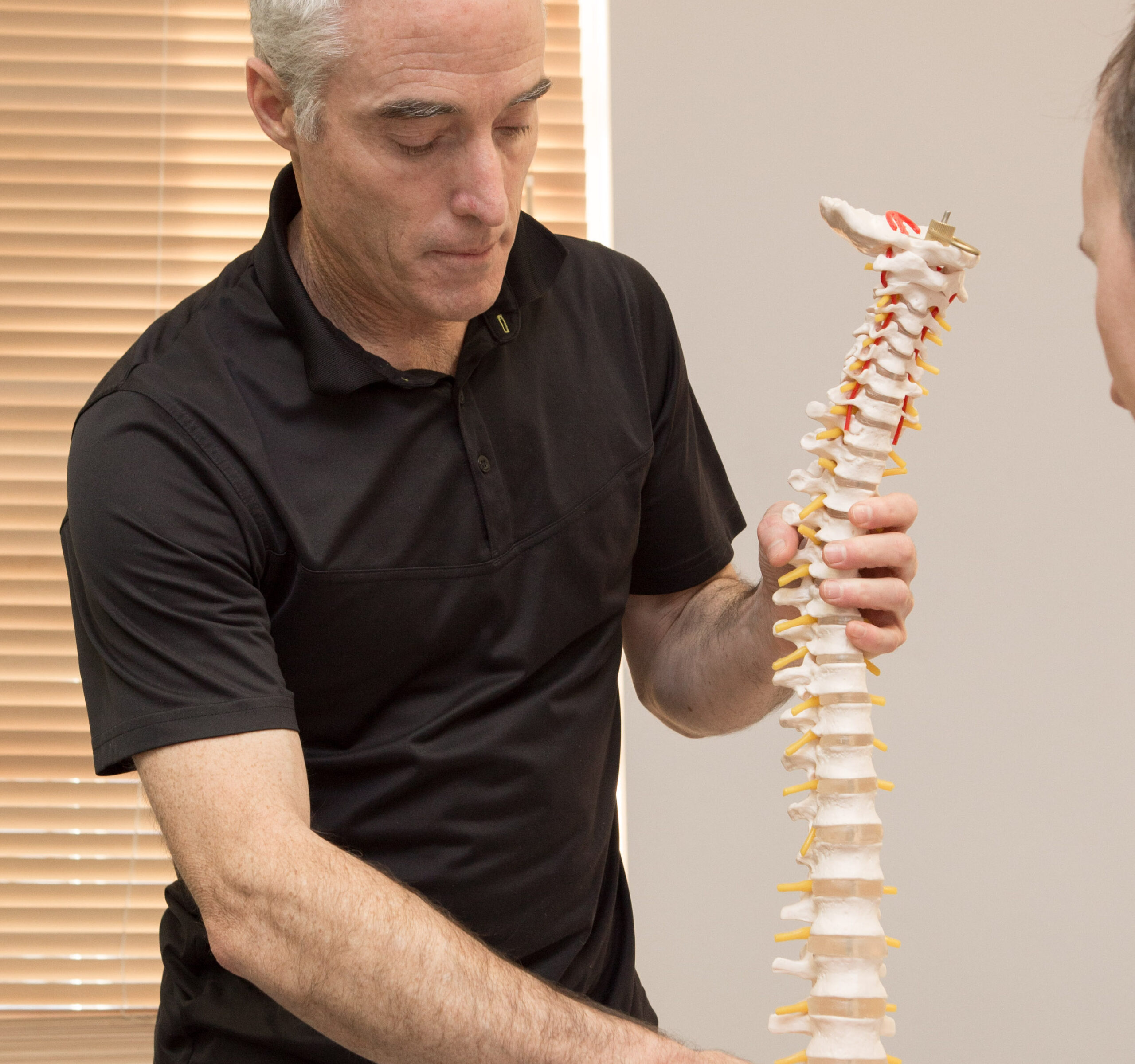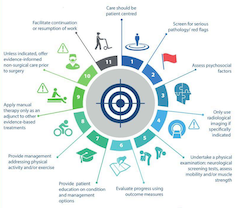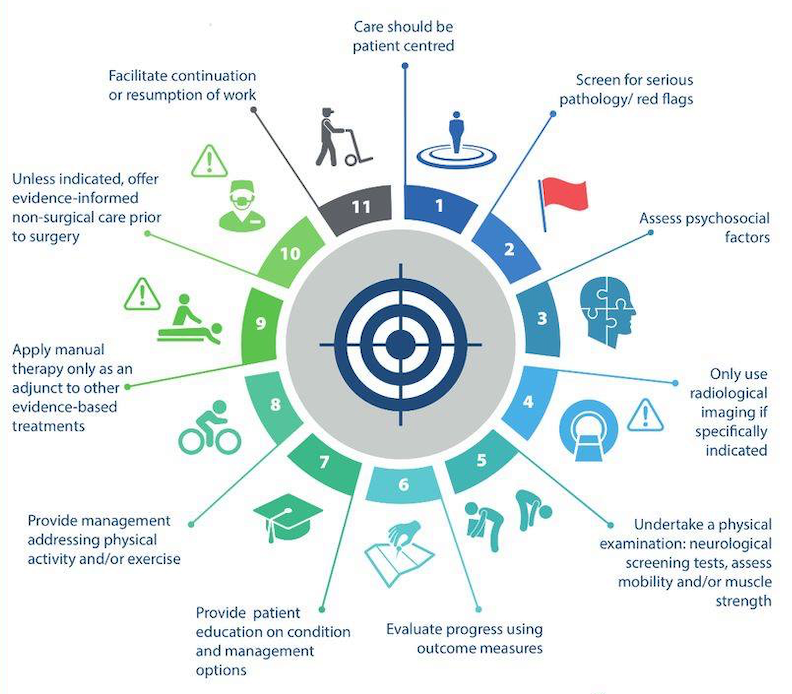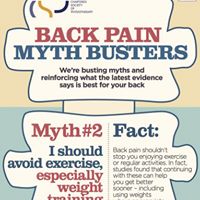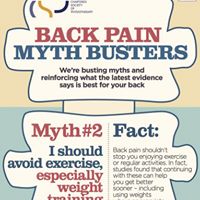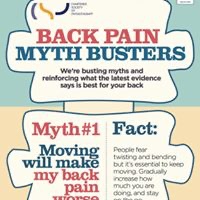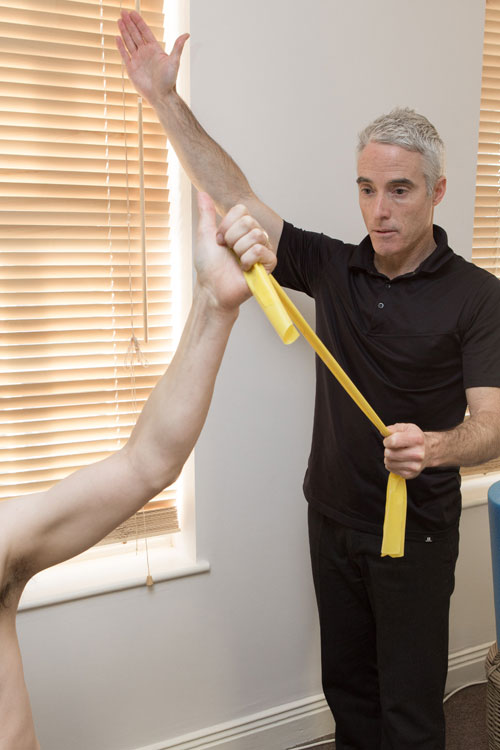Best practice care for musculoskeletal pain
Reference: https://bjsm.bmj.com/content/54/2/79
What does best practice care for musculoskeletal pain look like? A recent review was published by The British Medical Journal, that came up with 11 consistent recommendations to help form ‘best practice’ in the care of musculoskeletal pain.
In today’s blog, we explore these recommendations, how we implement them at our clinic and what it means to you guys, the people with the pain or injury.
#1 Care should be patient centred This goes without saying, but you’re the one and only person that matters to us. We take time to get to know you, learn how your injury is impacting you, and work with you to understand your lifestyle, so we know what we are aiming for. Everyone and everyone’s circumstances are SO different and individual, so it’s crucial our approach to each and every person we see is individualised too.
#2 Screen for serious conditions We take this incredibly seriously and although it may go un-noticed by you, we make sure that there is nothing serious going on. If we are in any way concerned, we’ll make sure we point you in the right direction and will provide any letters, phone calls or support that you need.
#3 Assess psychological factors The body and the mind are inextricably linked. The power of the mind is incredible. You need to feel reassured, informed and have an appropriate understanding of your injury. Any doubts, fears, worries or misconceptions will really impact on your recovery. We make sure we consider any psychological factors that may be impacting you and address them appropriately.
#4 Only refer for imaging if specifically indicated It’s a commonly held myth, that a scan or an X-Ray is needed in order to diagnose an injury. In fact, referrals for imaging (X-Rays or scans) are only needed in very specific cases. Why? Because all too often, symptoms do not relate to imaging results. So, an image may not show any damage or injury, but you may be getting symptoms. Equally, you may have damage on imaging, but be symptom free and seeing the damage on imagery can cause issues in itself! If we think that there is indication for a scan or X-Ray we will make sure we assist you with this. We can even refer directly to low cost, quick, private scanning – so you don’t have to get referred by a Dr, saving you even more time.
#5 Physical examination This is our bread and butter. Using all our senses – looking, feeling, testing, questioning and putting it all together with our evaluation skills in order to explain to you exactly what’s going on.
#6 Evaluate progress Together, we will set your goals, what you want to achieve through coming to see us. That’s the most important bit. However, we will also take measurements and document certain testing, so that we can measure your progress and ensure we’re on the right track.
#7 Education We want to make sure that you fully understand what’s going on in as much detail as you need. Some people only want the basics, some want an in depth explanation. But if you can understand what’s going on and what you can do to help yourself with your recovery, you’re much more likely to succeed in achieving your goal. This may include modifying your activity or lifestyle slightly, changing a routine, adapting a training programme or work activity.
#8 Address physical activity / exercise As a team of health professionals, it’s important that we support everyone in living a healthy and active life. As part of this, we can provide the necessary support and advice you may need to start or increase your physical activity. Some people find having an injury a bit of a wake up call to make some changes and often, getting more active is one.
#9 Apply ‘manual therapy’ as an adjunct We use a huge range of treatments to help you with your recovery. Using our hands (manual therapy) is just one tool, and can be very beneficial in many ways for lot’s of different injuries and to help ease pain. It is very important though that it is used as an adjunct to more active approaches, such as exercise and education/advice. Manual therapy alone is unlikely to be a solution to your recovery, as it’s effects are often short lived – it’s the strengthening, stretching, confidence and education that makes the most impact on recovery.
#10 Discuss non-surgical approaches (unless surgery indicated) Unfortunately, people still remain entrenched in the ‘medical model’ of belief, thinking that medicine and/or surgery are the only answer. They often want quick fixes and magic cures! Much of the evidence is now very clear on when surgery is indicated and it’s not as often as you may think! Osteopathy and physical treatments are often much more effective than surgery when given the chance in many conditions. Obviously, there are cases when surgery is absolutely the right decision. In these cases, our Clinicians will help with referrals and work very closely with many local Consultants to ensure you receive the most appropriate care. We can also closely liaise with your GP to facilitate this.
#11 Facilitate continuation or return to work Staying at work or returning to work ASAP when you’ve had an injury is crucially important for your recovery. We can help advise on modifying your activities so this is possible. It may seem a bit daunting, especially if you’ve had to take time off work because of your injury. But remaining in work helps in so many ways.
If you’ve got an injury and want the best possible care, then do give us a call on 01642 927302 and see if we can help you.
Helping local people live a healthy, active, positive life, pain and injury free.
Stuart Bentley Osteopaths

